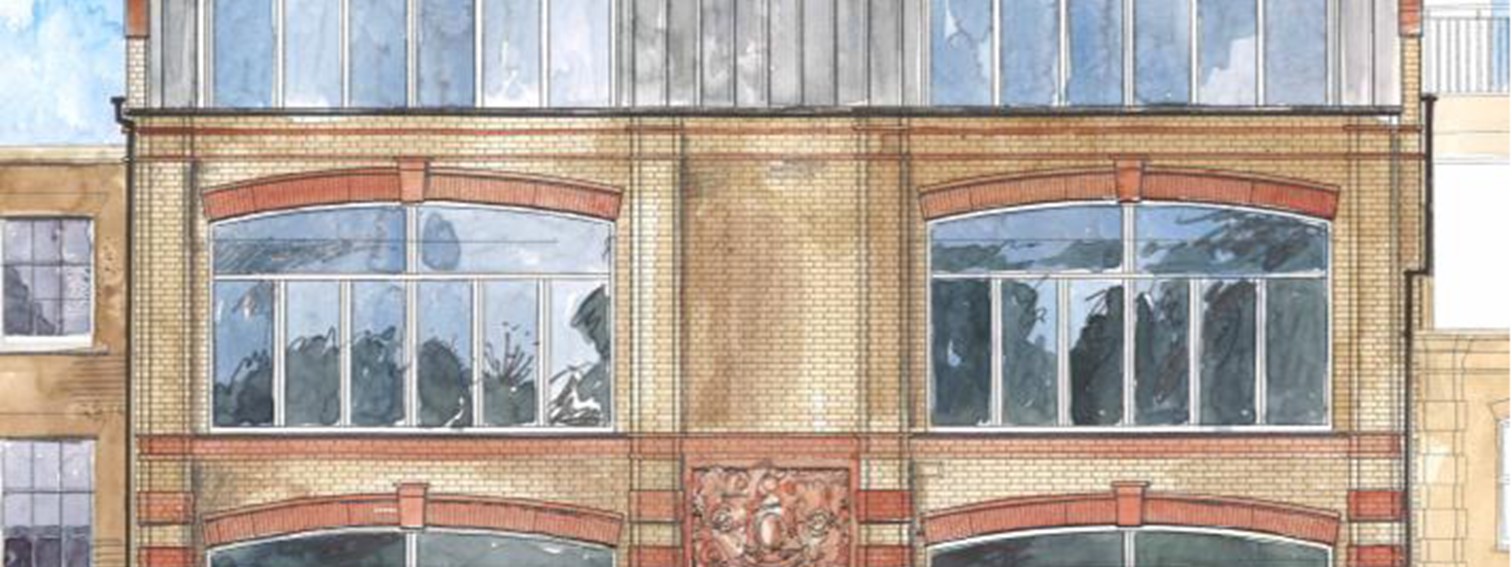British historical building preserves its beautiful exterior and its high-value internal space thanks to insulation with VIPs
The Problem
The team of architects from Studio Indigo who were planning to renovate their office space, a historical converted warehouse overlooking the Thames in Chelsea, knew that upgrading the property’s thermal performance would be a challenge. They could not make any changes to the external façade of the building and losing too much on floor space would translate into a significant decrease of the property’s value. After a careful analysis of the different insulation technologies available on the market, Studio Indigo opted for Vacuum Insulation Panels (VIPs).
The Solution
Thanks to their very slim design and high thermal performance, VIPs came as the best solution for this renovation project. With a thermal conductivity value of 0.0038W/mK (design value 0.007W/mK) VIPs offer high levels of insulation performance with a thickness of up to 5 times lower than that of traditional PUR insulations. Nevertheless, VIPs must be handled with care in order to ensure that no puncture damages their excellent performance. That is why the VIPs were supplied with a 10mm EPS backing pre-applied to both faces to protect them during the installation process when pressed against the uneven surface of the wall. Furthermore, Studio Indigo designed a system which created an 87mm clearance between the VIPs and the internal face of the renovated wall. This clearance would allow for internal fixings in the future without the fear of puncturing the panels.
The Result
The exact wall build-up was as follows – Existing wall / 15mm VIP with 10mm EPS backing to both sides / 60mm Gyproc stud / 12mm Plywood boarding / 12.5mm Plasterboard / 3mm skim coat. The analysis carried out by Studio Indigo revealed that the VIP system provided a saving of 45 mm compared with a PUR system with similar thermal performance. This resulted in a total gain of 4.2m2 of high-value floor space.
Case study and images provided by Kevothermal
Download the document
pdf – 316 KB


